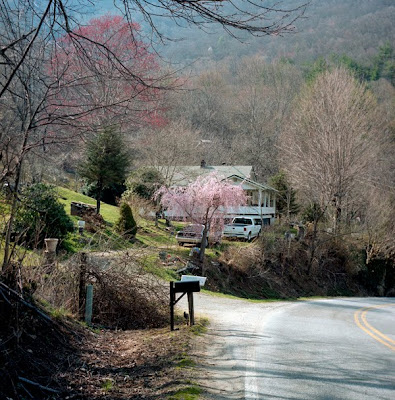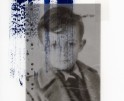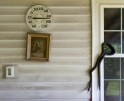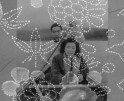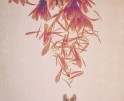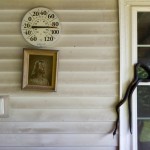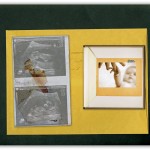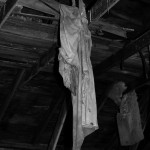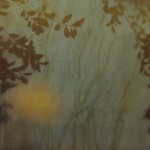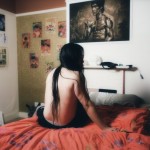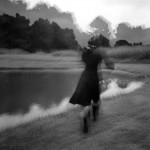Scott Hubener: Something in the Way
Documenting our lives in a way that allows for others to participate in the experience is an art. Making something that is personal into something that is universal is not easy to do. Photographers such as Doug DuBois, Elizabeth Flemming, and Phillip Toledano have done it well, and so has Scott Hubener. His series, Something in the Way, looks at those still moments when he might be re reading and look up and notice the pants hanging over the door and captures that in a way that makes you see them differently. He finds those moments where family members are lost in thought or captures his world in a way that elevates the house on a hill in a more poetic way. He has a book of this work, produced through Blurb.
Scott was born and grew up in Florida. He has lived in Asheville, NC for the past 10 years and received his BA in History from the University of Florida and his MFA from Western Carolina University, which he completed in 2011. His interest in photography began about 12 years ago when he started to photograph his boxer puppy, Sadie. Hubener’s work was shown recently in the 7th Photographic Image Biennial Exhibition at Eastern Carolina University (juried by Keith Carter) and the 4th Annuale at the Light Factory (juried by Dr. Susan H. Edwards). His work is featured in a group exhibition on display through February 19th at the William King Museum in Abingdon, VA.
Within the photographs of Something in the Way, people are depicted absorbed in thought or task, and a sense of ennui overshadows their existence. We cannot see into their thoughts, but we are informed of the subject’s situation by the details of the setting: lying in a bed laden with suitcases, isolated in a motel room, a child sitting with a doll. Present within the work is the theme of interiority vs. exteriority. This plays out visually within the photographs, first of exteriors of homes and the landscape in general, then juxtaposed with photographs of interiors of homes and the subjects within those walls. The subjects depicted also are representational of this theme. Their interior thoughts are masked by their exterior appearance, which is only a phenomenological representation.
In large part, these images consist of portraits of my family and friends, as well as the homes and interior spaces they occupy. I photographed objects and possessions within the homes, which are significant for the meaning they hold for the owners as well as their implications and associations for the viewer. Mundane human rituals interest me as well, and banal scenes like sitting around a table to eat, preparing food, smoking, or simply staring reflectively. Within the framing and composition, there is often space around the subjects, allowing them to fill their environment and illustrate their absorption in a task or action. These images depict the subject apparently unaware of the presence of the camera and enthralled in a chore or thought.
Even as the images suggest an overshadowing or isolation, there is also present the possibility of transformation, and the grace of the subject itself is by no means suppressed. There is something in the way an expression reveals or conceals thoughts, in the way the light falls, or in the way a gesture expresses elegance. The work is sequenced in a way that oscillates between warm and cool. This theme parallels that of the interiority and exteriority of the images. The warmth comes from inside the structures, where people can seek comfort and respite from the harshness of the elements. The exteriors are often cool, depicting snow and harsh weather. The interiors are duplicitous, however. While they offer comfort, they also enforce isolation. The balance, harmony and rhythm of life is reliant on this dichotomy, where the in-between moments become as significant as the decisive ones.
Posts on Lenscratch may not be reproduced without the permission of the Lenscratch staff and the photographer.
Recommended
-
Interview with Maja Daniels: Gertrud, Natural Phenomena, and Alternative TimelinesNovember 16th, 2025
-
MG Vander Elst: SilencesOctober 21st, 2025
-
Photography Educator: Josh BirnbaumOctober 10th, 2025
-
Aiko Wakao Austin: What we inheritOctober 9th, 2025
-
Mara Magyarosi-Laytner: The Untended GardenOctober 8th, 2025

